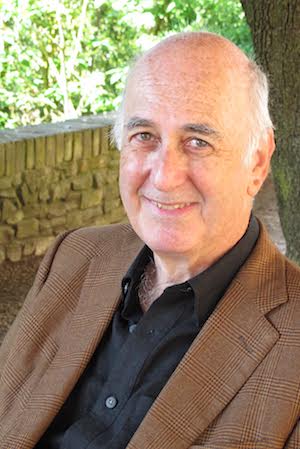
Some of these questions have to do with the borderline between fiction and nonfiction or with the freedom to invent, appropriate, or embroider-what I’ve come to regard as law and order issues. I have been asked to speak at campuses and conferences across the country, and invariably I have been confronted with certain questions-formal, strategic, and ethical-that seem to issue from an insistent anxiety or perplexity. Since I tend to doubt myself and my wisdom, I even feel some sympathy with those who want to question my prescriptions, though that does not stop me in the least from continuing to offer them.Įver since my anthology The Art of the Personal Essay appeared, I have been looked to, rightly or wrongly, as a spokesperson for the essay, and for creative nonfiction or literary nonfiction (call it what you will) in general.

I am also intrigued whenever I encounter resistance to my advice. I find myself needing to articulate responses on the spot to any and all questions put me by students and their manuscripts, regardless of how much I may feel myself to be bluffing.


For my part, I think I would continue to teach even if I were to win the lottery. Many of my fellow writers treat teaching as a lower calling they only do it to pay the rent, or until such time as they can support themselves entirely from royalties and advances. It’s not simply that a good deal of my annual income derives from teaching it’s also that I find it a fascinating challenge, one that nourishes my psyche-and my own writing. I should explain straight-out that I consider myself to be as much a teacher as a writer. Recommended reading for any person interested in learning to write essays well. To Show and To Tell feels like a rambling stroll with a cherished teacher-refreshing, insightful, and promising in often unforeseeable ways.

Lopate reassures the student that by writing the truth with thoughtful reflection, rather than glib stylistic gimmickry, you will write well. Throughout the very entertaining, clearly written, intelligent, thought-provoking and challenging book, the author challenges the reader to commit to developing a discerning eye to increase in confidence and craftsmanship. To Show and To Tell: The Craft of Literary Nonfiction reads as an extraordinary master class, forged by Lopate’s informative, accessible tone and immense gift for storytelling. Drawing inspiration from forty years of lessons from his illustrious career as a writer and professor, Lopate offers an easy-to-follow framework to writing literary nonfiction. Esteemed professor and acclaimed author Phillip Lopate encourages young writers to refine their craft in this introductory text.


 0 kommentar(er)
0 kommentar(er)
